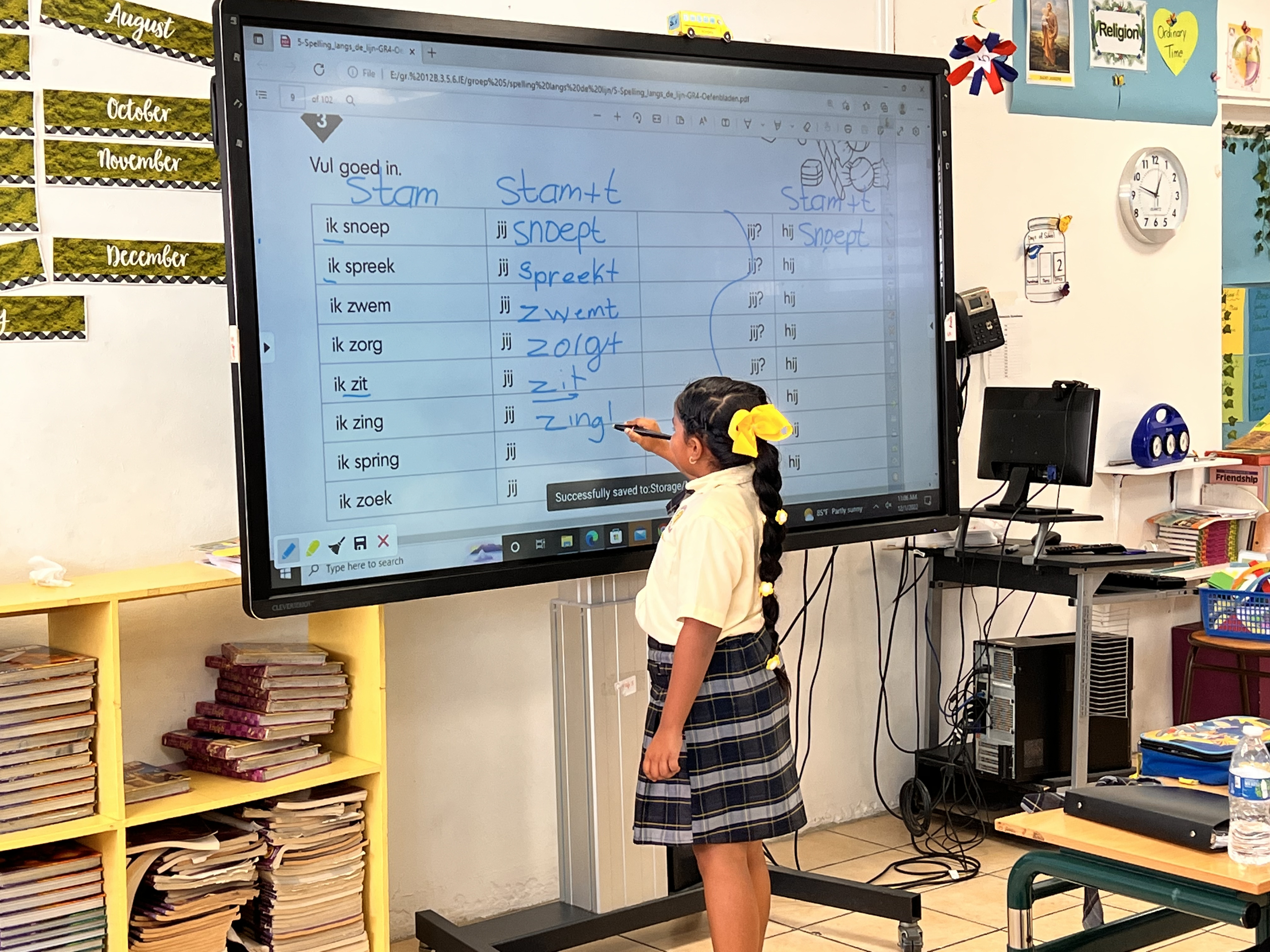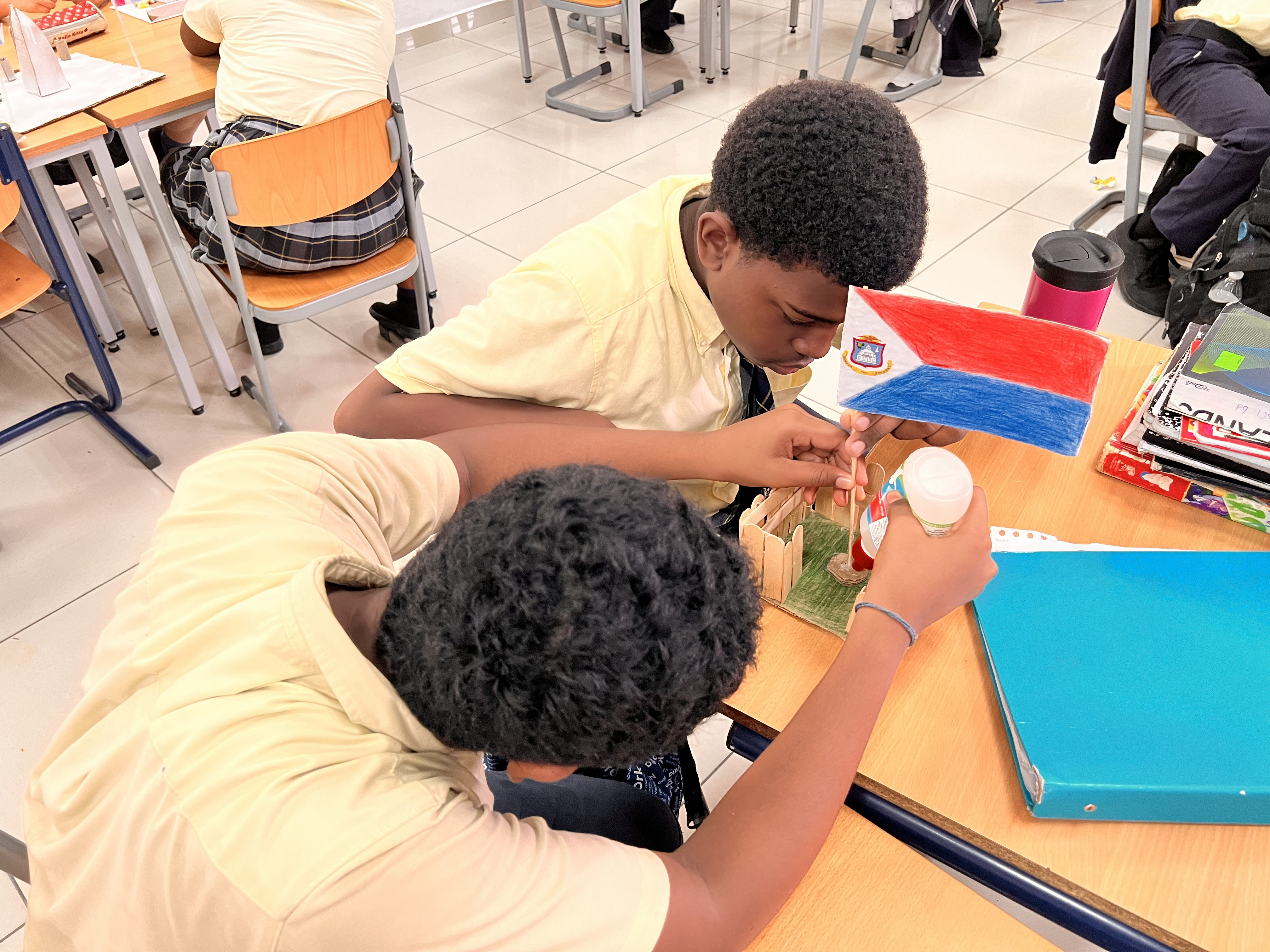
Model School - STEAM
The St. Joseph School aims to attain “Model School” status by providing a high standard, holistic, literacy-rich learning environment, for students through the integration of Science, Technology, Engineering, Art and Mathematics – STEAM – within our traditional best practices.
STEAM is not a curriculum, but rather an approach to teaching and learning rooted in authentic cross-curricular integration. STEAM is an educational approach that incorporates the arts into the more familiar STEM model, which includes: SCIENCE, TECHNOLOGY, ENGENEERING AND MATH.
The whole point of STEAM is to inspire inquiry and curiosity; to empower students to ask thought-provoking questions that promote creativity and exploration, and to connect their problem-solving to real-world solutions. With STEAM, no subject, or student, is excluded.


Fast-changing world
We live in a fast-changing world, and producing more of the same knowledge and skills that will not suit to address the challenges of the future. Years ago, teachers could expect that what they taught would last their students a lifetime. Today, because of swift economic and social change, schools have to prepare students for jobs that have not yet been created, technologies that have not yet been invented and problems that we don’t yet know will arise.


21st Century Skills
At St. Joseph School we want to emphasize on 21st century skills such as flexibility, technological skills, critical thinking, communication skills, creativity, problem solving and collaboration in order to help our students prosper in the face of new challenges.


School Tour
Media References
Our Sister Schools
School Manager
Mrs. Shaina Fernandes-Carneiro
-
Address
26 Front Street,
Philipsburg
Sint Maarten
-
Email
-
Website
-
Phone Number
In 1875 Fr. Nieuwenhuis requested the Prioress of Voorschoten, Holland, to send some sisters to St. Maarten to help with Catholic education. This request was not granted. Fr. Onderwater repeated that request and finally the Prioress decided to send six sisters to St. Maarten.
School History
Latest News
Announcements
Registration Compulsory Education for Catholic Schools 2024/2025
Dear All,
Registration date Compulsory Education for children (Catholic and non-Catholic) that will be 4 years old before October 1, 2024: On-line registration- January 8 to January 31, 2024 (Monday-Friday) Website: www.skos-sxm.org
Photo Gallery
Video Gallery
No Data Available
























